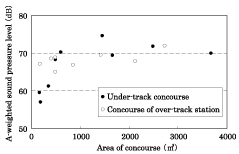 Fig.1 A-weighted sound pressure level at station | 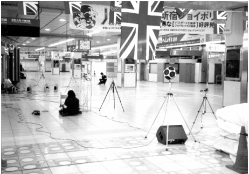 Fig.2 Acoustic measurement at a station concourse | |
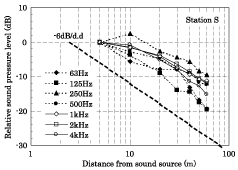 Fig.3 Characteristics of sound propagation | 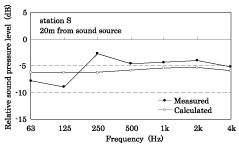 Fig.4 Comparison of measuring and calculation | |
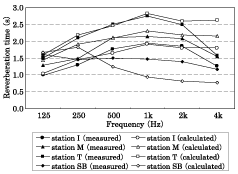 Fig.5 Reverberation time of stations | ||
Large stations are noisy, as there are a number of noise sources and tiles and other acoustically reflective finishes. This raises problems for service. Therefore, we measured and analyzed acoustic characteristics of large stations. Fig. 1 shows the survey results of A-weighted sound pressure level at 17 points of 14 stations in the Tokyo area. The A-weighted sound pressure levels were about 60 dB(A)ü`70 dB(A). Some people may be bothered by the noise or feel uncomfortable in conversation in these environments.
The acoustic characteristics of large stations were measured (Photo 1). Fig. 2 shows noise propagation characteristics. (When the reference point was set at 5 m from the sound source .) The sound pressure level attenuates about 6 dB ,when the distance from the sound source doubles. Fig. 3 shows the relative sound pressure level at 20 m from the sound source obtained by the measurement and the Ray Tracing Method Analysis. Close agreement was obtained the between measured and calculated values . So, it is possible to estimate the sound distribution of the voice from loud speakers and other vocal information devices. Fig. 4 shows the reverberation time at stations obtained by Sabine formula. The reverberation time at 1 kHz is longer than about 2.0 s., which is similar to that at concert halls. This is too long to hear voices clearly.
The acoustic environment is not very good at large stations, so stations should be designed to be more comfortable to ensure an enhanced sound amenity.
 Fig.1 A-weighted sound pressure level at station |  Fig.2 Acoustic measurement at a station concourse | |
 Fig.3 Characteristics of sound propagation |  Fig.4 Comparison of measuring and calculation | |
 Fig.5 Reverberation time of stations | ||